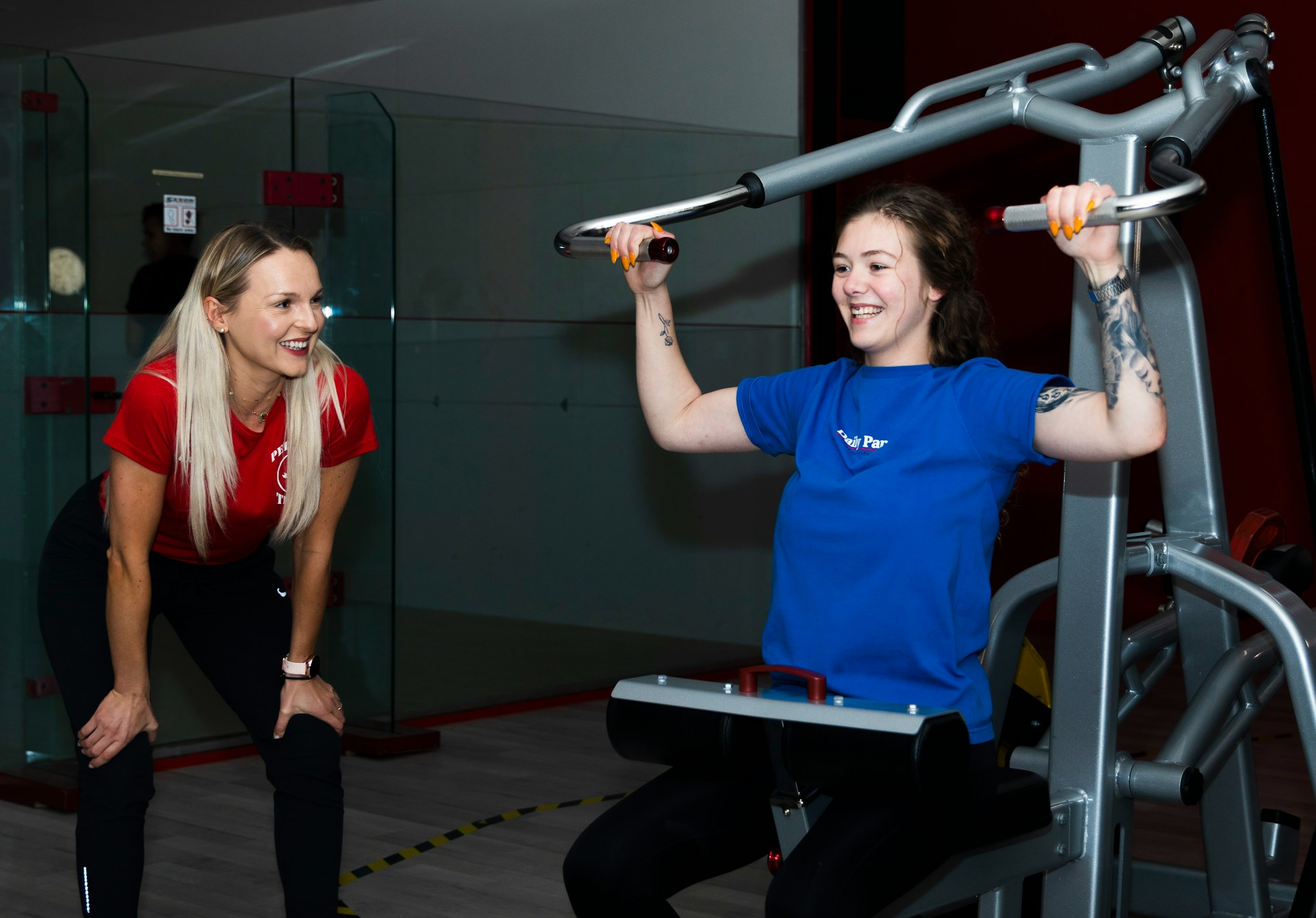
For decades, people living with multiple sclerosis (MS) have faced a frustrating dilemma in fitness: how do you stay strong and mobile when your condition affects the very muscles you need to move? That question once answered only with hesitation and caution, is now sparking a new wave of innovation—driven in part by an unsung hero in strength training: the hip sled.
Used primarily for lower-body workouts, hip-sleds for MS mobility are now being reimagined to suit individuals with limited movement, balance issues, and fatigue. These machines are becoming more accessible and versatile, giving people with MS new ways to rebuild strength, restore function, and regain confidence in their bodies.
Gone are the days when MS meant giving up on real resistance training. The new era of adaptive fitness, centered around hip-sled technology, is making space for all abilities—and showing just how strong the MS community can be.
Understanding MS and the Movement Challenge
Multiple sclerosis affects the central nervous system, disrupting the communication between the brain and the body. For many, this leads to symptoms such as muscle weakness, poor coordination, stiffness, or spasticity. As a result, something as simple as climbing stairs or standing up can become overwhelming.
But contrary to outdated beliefs, exercise doesn’t make MS worse. The right kind of movement helps maintain muscle tone, prevents atrophy, and boosts circulation. It also reduces fatigue over time by improving energy efficiency in movement.
That’s why building strength in the lower body is so important—and why machines like the hip-sled are finally getting the spotlight they deserve in MS-friendly fitness routines.
The Power of the Hip-Sled for MS
So, what exactly makes the hip-sled such a game-changer? Unlike many traditional gym machines that require balance or joint stability, a hip sled allows users to press weights with their legs while seated or reclined. This minimizes the risk of falling and supports controlled motion.
For someone with MS, these benefits are vital. Balance may fluctuate from day to day. Fatigue can hit without warning. However, the hip-sled provides a reliable and stable platform that allows individuals to push themselves safely and securely.
Today’s modern designs go beyond standard fitness tools. Adaptive hip sleds often come equipped with larger seats, secure harnesses, adjustable footplates, and resistance systems tailored for gentle progression. These features enable therapists and users to tailor workouts to their abilities rather than disabilities.
When it comes to adaptive strength training, the hip-sled is fast becoming one of the most versatile and practical tools for MS mobility enhancement.
Tangible Benefits: Building More Than Muscle
While hip sleds undeniably help improve muscle strength—especially in the quads, hamstrings, and glutes—their impact reaches much further. By supporting these key muscle groups, users often experience improved gait stability, easier transfers from seated positions, and enhanced endurance during walking.
Even short sessions on the hip-sled can create momentum in therapy. Many users report less spasticity and more fluid movement throughout the day. Since the machine promotes bilateral and unilateral training, it also helps reduce muscular imbalances caused by uneven MS symptom distribution.
Perhaps most importantly, the hip-sled brings back a sense of physical agency. It enables people with MS to reclaim a workout space, set goals, and challenge themselves in ways that feel both safe and powerful.
In a condition that often feels like it takes control away, this kind of empowerment is not just physical—it’s deeply emotional and psychological.
Integration into MS Wellness Programs
Rehabilitation centers and progressive wellness facilities are increasingly incorporating hip sleds into MS-specific programs. Unlike general gym circuits, these tailored routines are built with fluctuation in mind. On “bad days,” lighter resistance or fewer reps are recommended. On “good days,” users might push their limits under supervision.
What sets these programs apart is their focus on long-term benefits. Rather than focusing solely on fitness in the gym, therapists use hip sleds for MS mobility to support real-world functions, such as climbing stairs, walking to the mailbox, or lifting groceries.
This functional training philosophy makes hip sleds a vital bridge between rehabilitation and real-life activities. For many, they’re the first step toward greater independence and quality of life.
Making Fitness More Inclusive
Inclusion in fitness has long been overdue. Many gyms still lack equipment and programs that support individuals with neurological conditions such as MS. However, that’s starting to change. As awareness grows, more facilities are installing MS-friendly gym equipment and training staff in adaptive exercise principles.
Some manufacturers are now designing home-use hip-sleds with compact frames and simplified adjustments. This brings the benefits of rehab-grade equipment to living rooms and garages—making consistency in strength training easier and more convenient.
Meanwhile, online communities and MS wellness organizations are helping spread the word. Through shared videos, personal stories, and advocacy, the hip-sled is transitioning from a niche tool to a mainstream ally in the fight against mobility loss.
The shift isn’t just about equipment—it’s about culture. It’s about saying, “You still belong here,” and making sure that message shows up in every machine, every program, and every rep.
A Movement of Strength and Hope
The use of hip sleds for MS mobility represents something much larger than a new workout tool. It signals a change in mindset. One where fitness is not reserved for the elite but available to everyone—especially those for whom movement is most essential.
When someone with MS climbs into a hip-sled and pushes against resistance, they’re doing more than lifting weight. They’re going back against limitations. They’re building strength with purpose. They’re choosing progress, even in the face of unpredictability. That kind of strength deserves the best tools—and the hip-sled is delivering just that.